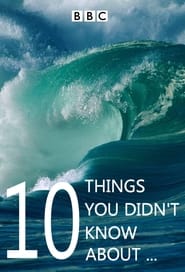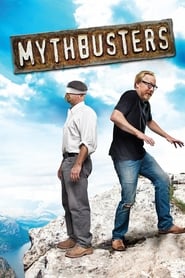
60 Temporada
1162 Episodi
Horizon - Season 39 Episode 11 Episodi 11
When Mount Nyiragongo erupted in the Democratic Republic of Congo in January 2002 it seemed like a disaster. Molten lava plunged down the hillside and poured into nearby Lake Kivu. Many died, and much of the city of Goma was destroyed. In fact, the local people were lucky. Had the eruption spread to one of the many volcanic faults under Lake Kivu, it could have unleashed one of the most terrifying of all natural phenomena - lake overturn. The phenomenon of lake overturn first struck in 1984 at Lake Monoun, in Cameroon. 37 people mysteriously died, suddenly and silently. A bizarre array of theories sprang up - secret testing of chemical weapons, a massacre by unknown terrorists; none really made sense. The scientists who looked into the disaster believed it had to be something to do with the lake itself, but they could not be absolutely sure. In 1986, before research into the Monoun disaster was made public, it all happened again. The tragedy of Lake Nyos, also in Cameroon, made headlines around the world when almost 1,800 people sleeping in houses around the lake suffocated in their sleep. The team of scientists that went to investigate concluded that carbon dioxide, trapped at the bottom of the lake, had suddenly risen to the surface, killing everything within 25km. They called their theory lake overturn. Eventually the scientists came to realise that carbon dioxide springs underground were pumping carbon dioxide into the lake and that the whole tragedy would be repeated if nothing was done. They installed an extraordinary fountain in the middle of the lake to help the gas disperse. Even so, the level of carbon dioxide in the waters remains a concern. The Nyos disaster promoted a survey of deep lakes in Africa and Indonesia to see where else lake overturn could happen. All seem to be safe, except one - Lake Kivu, in Rwanda. Lake Kivu is one of the largest and deepest lakes in Africa and two million people live around its shore. It is also filling up with carbon dioxide, although it's not yet saturated with the deadly gas. The only thing that could trigger a gas release would be a massive geological event. Worryingly, Lake Kivu is sitting in an earthquake zone and surrounded by active volcanoes, including Mount Nyiragongo. If an eruption or an earthquake was to happen under the lake, then the effect could release millions of tons of asphyxiating gas into the surrounding areas. Until a solution is found, millions of lives could be at risk.
- Curs: 2024
- País: United Kingdom
- Gènere: Documentary
- Estudi: BBC Two
- Paraula clau:
- Director:
- Repartiment:



 "
"


















